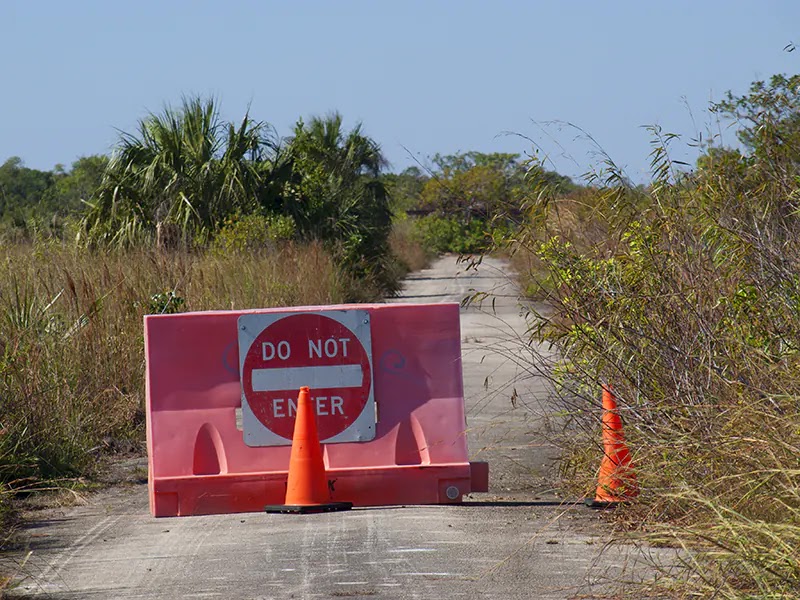Things to know for mountain hikes: Preparations, knowledge, and altitude effect on humans
 |
| C hiking in the Sangre de Cristo Mountains, New Mexico - License our images here. |
This is a big list. No many explanations. You've to figure it out - is not that difficult.
Preparations
- Dress in layers.
- Wicking layer: the inner one, it should absorb fluids. Polyester blend or Merino wool.
- Insulation: synthetic fabrics.
- Warm overlay: synthetic.
- Weather protection (rain and snow).
- Put in daypack:
- sunscreen
- sunglasses
- multitool
- tape for friction (blisters)
- neck gaiter
- extra warm layer
- storm layers
- food & water (peanut butter, butter, and cream cheese give more energy).
- first-aid kit
- emergency tarp
- map & compass
- beacon emergency locator/phone
- bear spray
- Wear reversed socks.
Mountain knowledge
- UV Radiation increases 10-12% per 1,000 feet elevation.
- Atmospheric pressure drops at higher elevations.
- Oxygen level drops.
- Inland mountains are colder.
- Windward slopes are rainy; leeward, dryer.
- Southern slopes are sunny in the northern hemisphere.
- Valleys are colder (cold air sinks).
- Snow resting on the ground is warmer than the surface snow.
- Darker snow absorbs more heat.
- Frozen ground leads to flooding.
- Blue ice is older (glacier ice).
- Ogives are bands on a glacier.
- Crevasses are a hazard; they can't be seen with fresh snowfall.
- Travel attached by ropes at intervals of 10-12 meters.
- Carry crampons and ice ax.
- Moraines: Rocks and debris carried by a glacier.
- Horns (like the Matterhorn) are glacier-shaped mountains.
- Avalanches tend to occur at +30 degrees inclines (most @ 36-39).
- Rain, snow and quakes are the natural triggers.
- They are the worse danger in winter.
- Carry probe, shovel, avalanche transceiver.
- Study the terrain to avoid dangerous areas.
- Check avalanche forecast, recent avalanches.
- Tree line transitions are called ecotones.
- Calibrate altimeter several times in a day.
- Estimating hiking speed: good trail = 5km/h; rough trail = 3km/h; off-trail = 1-2km/h.
- For gain elevation between 300-1000 meters, add one hour of travel time.
Human effects
- High altitude affects 50-60% of people.
- People that live in high altitude have genetic adaptations.
- Body response depends on elevation and climbing speed.
- Breath is more difficult at high elevations. Physical capabilities diminish; less hemoglobin in blood, hypoxia (tissue deprived of oxygen), hyperventilation; increased heart rate.
- Most people get to ~8,000 feet (~2500 meters) without problems; @ 3000 meters ~70% experience AMS (Acute Mountain Sickness).
- Older people have more chances of AMS.
- Ascend slowly; 300-500 meters per day (~1,600 feet).
- Sleeping implies more risk of AMS - Climb higher and get lower to sleep.
- Azetazolamide (Diamox) reduces effects of altitude sickness. Side effects: dehydration, tingling. Not for people with liver and kidney problems.
- HACE (cerebral edema) and HAPE (pulmonary edema) progress rapidly and are dangerous.
- Stay hydrated; purify water.
Mountains are beautiful. Mountains are dangerous. There is beauty in danger.



Comments
Post a Comment